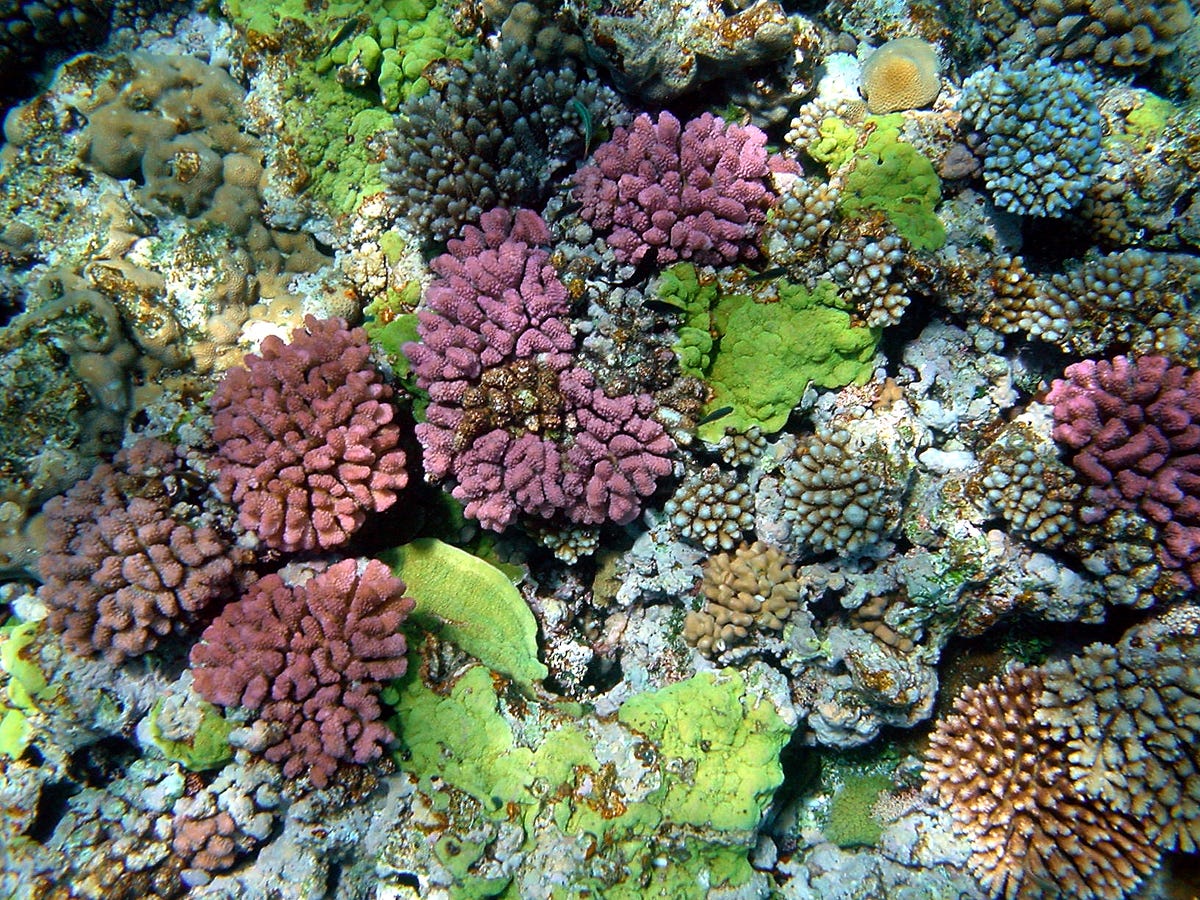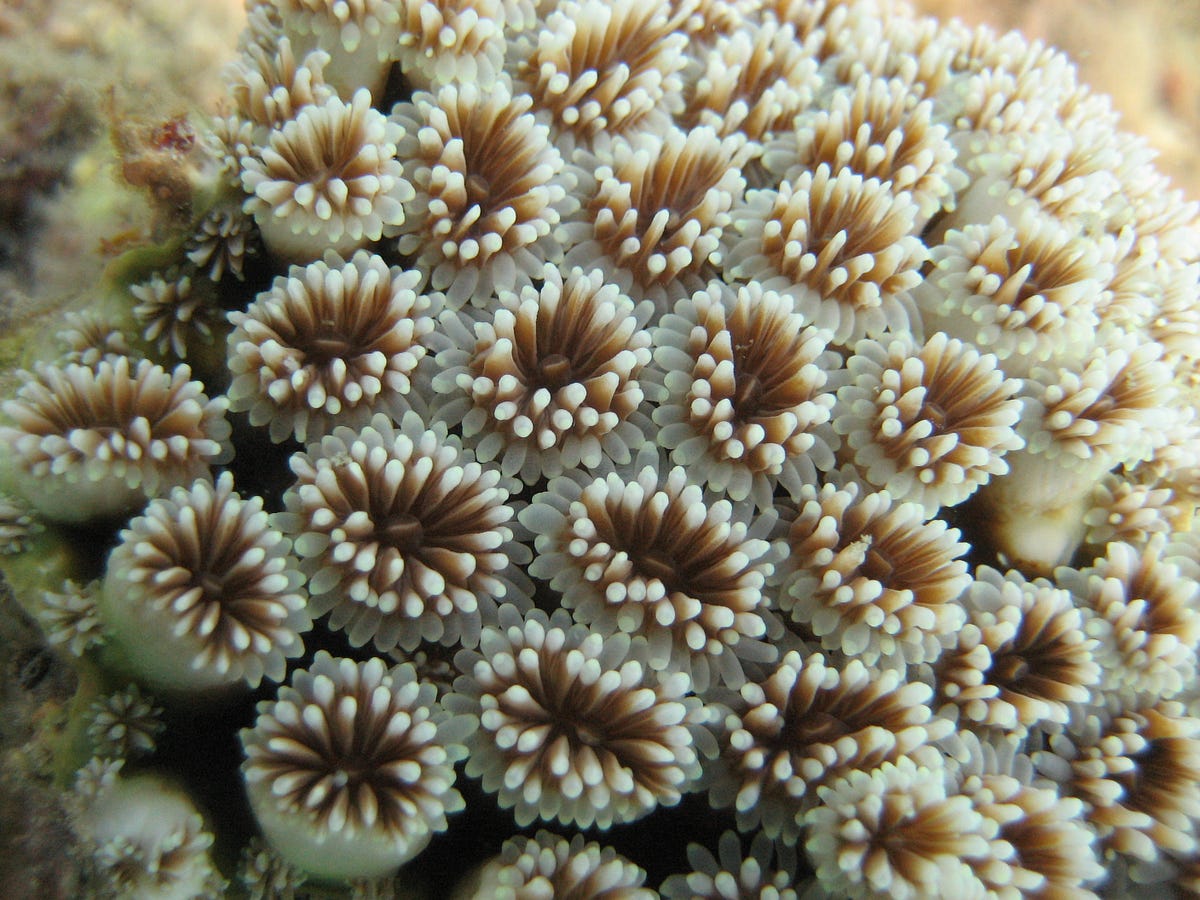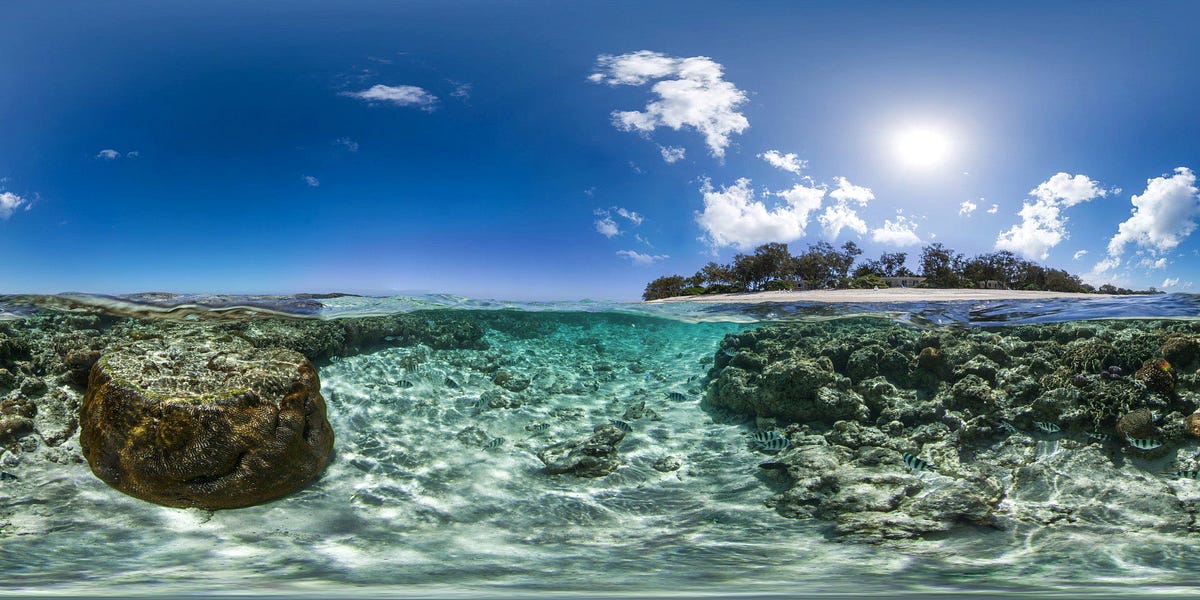Weekend Diversion: The Amazing Life of Coral Reefs
The way they form is amazing enough, but then the time-lapse video left me speechless.
“Ten percent of the big fish still remain. There are still some blue whales. There are still some krill in Antarctica. There are a few oysters in Chesapeake Bay. Half the coral reefs are still in pretty good shape, a jeweled belt around the middle of the planet. There’s still time, but not a lot, to turn things around.” -Sylvia Earle
The ocean — covering more than 2/3 of the Earth’s surface — holds more scientific mysteries beneath its surface than many worlds beyond our own planet. As we continue to explore it, there have been no shortages of revelations or seemingly alien life forms, some of which thrive in the strangest of environments. Have a listen to Laura Veirs’ singing Ocean Night Song as I walk you through a little bit of wonder for this weekend.
If you’ve ever had the opportunity to see a living coral reef, you’re well aware of the spectacular diversity of plants, animals and other sea creatures that make that ecosystem their home. But the coral, the organism that gives rise to the reef itself, are truly worth marveling at.

These small polyps have very particular conditions that they require for life, including a narrow range of salinity, temperature, acidity, ocean depth and sunlight that are all necessary. This means there’s a tropical strip near the equator, in very shallow, non-oily ocean waters of neutral pH where these organisms can thrive.
And when the sun begins to set, these living coral polyps extend their tentacles to feed, with up to thousands of individual polyps making their home on a single coral branch.

Universally, these structures form around gradually eroded land, whether around volcanic islands or along continental shelves. Either way, the coral begins inhabiting the shallow waters of the right depth, temperature, sunlight and other conditions, almost (but not quite) reaching the water’s surface.
Over time, as the land structure erodes, the coral migrates upwards and inwards, and can form a number of types of reef, including fringing reefs, barrier reefs, ribbon reefs, and atolls.

The largest and most famous of these, of course, is the Great Barrier Reef, made up of literally thousands of individual reefs that are descended from a coral colony dating to some 50 million years ago. The current living structure of the Great Barrier Reef dates to the end of the last ice age, and the full extent of what we see at present dates “only” to 6-to-8,000 years ago.
And, without a doubt, it’s an amazing sight, whether from up close or far away.

But there’s only so much you can see at any given instant, and if you’re going to look yourself, you’re probably headed out when the waters are warmest, far away from the times when the corals themselves are most active. Which is why I’m so pleased to be able to share with you Daniel Stoupin’s amazing video “Slow Life”, which was composed by taking — literally — 150,000 photographic shots and is available in an unbelievable 4k resolution.
If you can, full-screen it and click “HD” for the maximum effect, and get the largest screen you can!
This video of corals and sponges is one-of-a-kind, but you’ve got to get an appreciation for just how painstaking it was to construct it. From Daniel himself:
To make this little clip I took 150000 shots. Why so many? Because macro photography involves shallow depth of field. To extend it, I used focus stacking. Each frame of the video is actually a stack that consists of 3-12 shots where in-focus areas are merged. Just the intro and last scene are regular real-time footage. One frame required about 10 minutes of processing time (raw conversion + stacking). Unfortunately, the success rate was very low due to copious technical challenges and I spent almost 9 long months just to learn how to make these kinds of videos and understand how to work with these delicate creatures.
That’s right: every frame of this video took 3-12 photographic shots and 10 minutes of processing time! For more about this work in particular, check out Daniel’s blog on the topic, and thanks to PetaPixel for bringing it onto my radar. I hope you enjoyed this unique glimpse into a rarely seen world, and I’ll see you back during the week for more wonders of the Universe!
(Also, don’t forget to check out our Comments of the Week over at our forum, where I choose and respond to the best of what you have to say each week.)
Enjoyed this? Have a question or comment? Head over to the Starts With A Bang forum over on Scienceblogs and weigh in!




